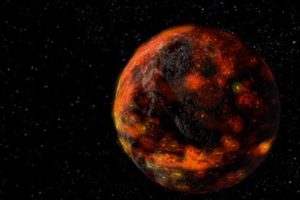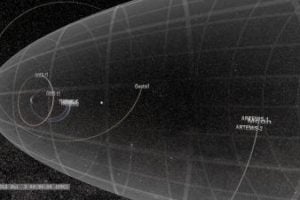moon
Mars Express close flybys of martian moon Phobos
Mars Express has returned images from the Phobos flyby of 9 January 2011. Mars Express passed Mars’ largest moon at a distance of 100km.
The HRSC-camera recorded images of Phobos on 9 January 2011 at a distance of 100 km with a
resol…
UT researcher discovers water on moon originated from comets
Researchers at the University of Tennessee, Knoxville, continue to chip away at the mysterious existence of water on the moon — this time by discovering the origin of lunar water.
Larry Taylor, a distinguished professor in the Department of Eart…
A total lunar eclipse and winter solstice coincide on Dec. 21
With frigid temperatures already blanketing much of the United States, the arrival of the winter solstice on December 21 may not be an occasion many people feel like celebrating. But a dazzling total lunar eclipse to start the day might just r…
NASA’s LRO creating unprecedented topographic map of moon
NASA’s Lunar Reconnaissance Orbiter is allowing researchers to create the most precise and complete map to date of the moon’s complex, heavily cratered landscape.
“This dataset is being used to make digital elevation and terrain maps that w…
How Iapetus got its ridge
For centuries, people wondered how the leopard got its spots. The consensus is pretty solid that evolution played a major role.
But it’s only been five years since the arrival of high-resolution Cassini Mission images of Saturn’s bizarre moon I…
Spacecraft will enable scientists to study space environment around moon, Earth
Two spacecraft are now beginning to study the moon’s environment as part of NASA’s ARTEMIS mission, whose principal investigator is Vassilis Angelopoulos, a UCLA professor of Earth and space sciences.
One of these satellites has been in the luna…
2 THEMIS probes redirected to moon to study magnetosphere, solar wind interactions
Two micro-satellites originally launched into Earth’s orbit in 2007 by NASA have been redirected by University of California, Berkeley, scientists toward new orbits around the moon, extending study of the earth and moon’s interaction with the so…


